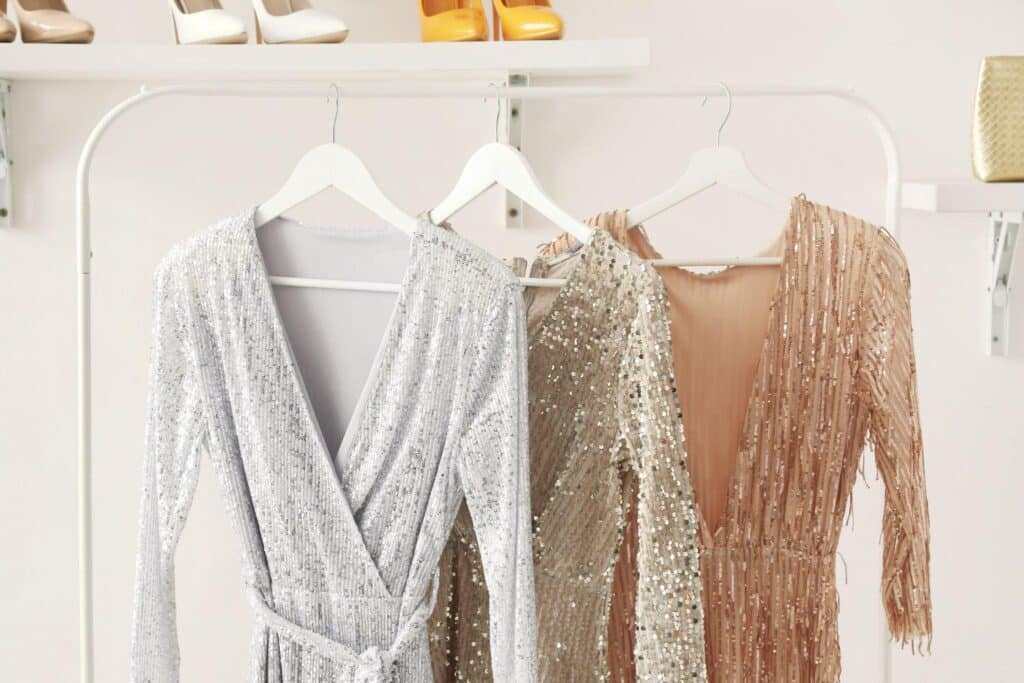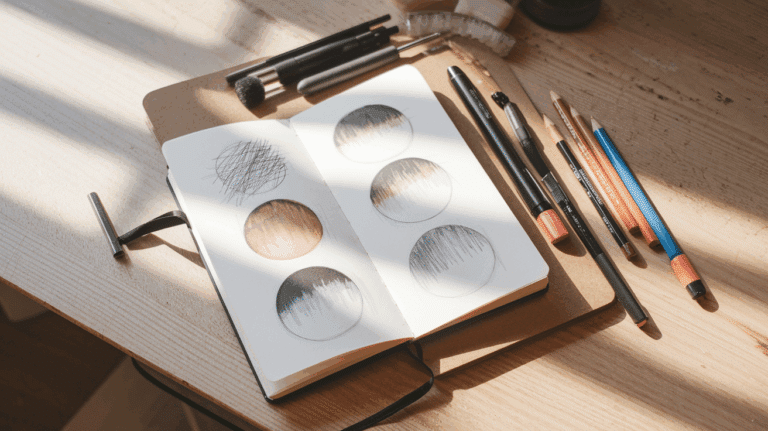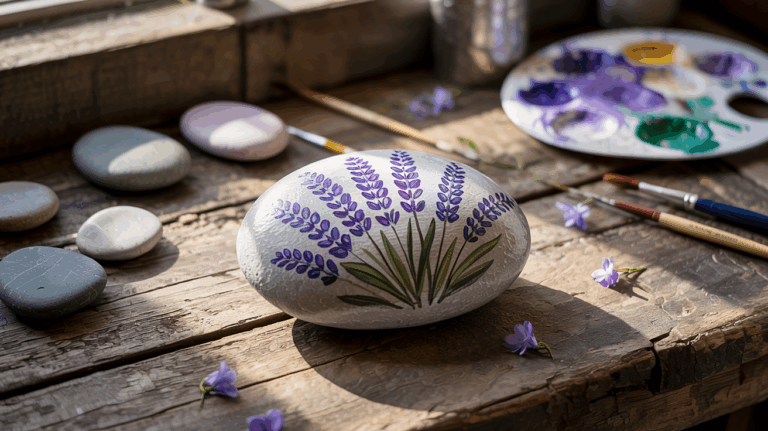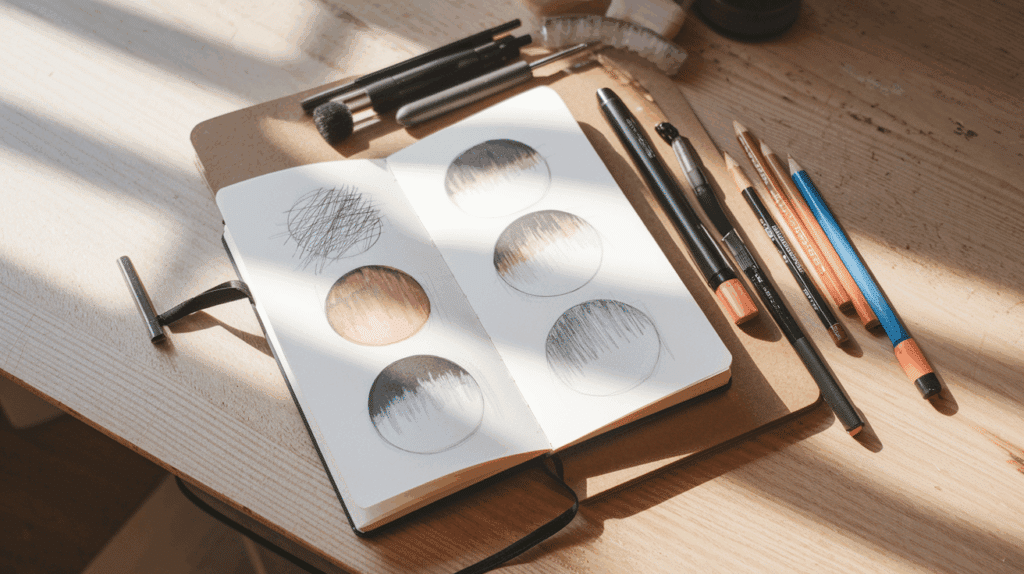Hunting for the ideal dress is an exciting experience for prom-goers. Going to fittings and trying out beautiful outfits is a right of passage many girls look forward to. Even browsing through online dress collections can be something fun to look forward to. Students want every detail of their dress to feel right, from the color scheme to the silhouette.
An important, yet often overlooked, element in the prom dress equation is the fabric. Prom dresses are available in all sorts of fabrics, from shiny silk and satin to structured organza and tulle. The fabric choice can affect how the dress looks, feels, and sits on the body. Learning about these fabric types can help you narrow down your search and find a dress that is exactly what you’re looking for.
Chiffon
Chiffon is a lightweight and airy fabric made of tightly twisted yarns. It has a whimsical, slightly see-through appearance which means that it needs to be lined when used in dresses. Chiffon is used often in making dresses and skirts because of its elegant drape. Dresses with soft, romantic silhouettes such as empire-waist and A-line are frequently made out of chiffon.
Depending on the weaving, chiffon can feel smooth or slightly textured and rough. The material is usually soft and delicate on the skin, making it comfortable to wear in all seasons.
Tafetta
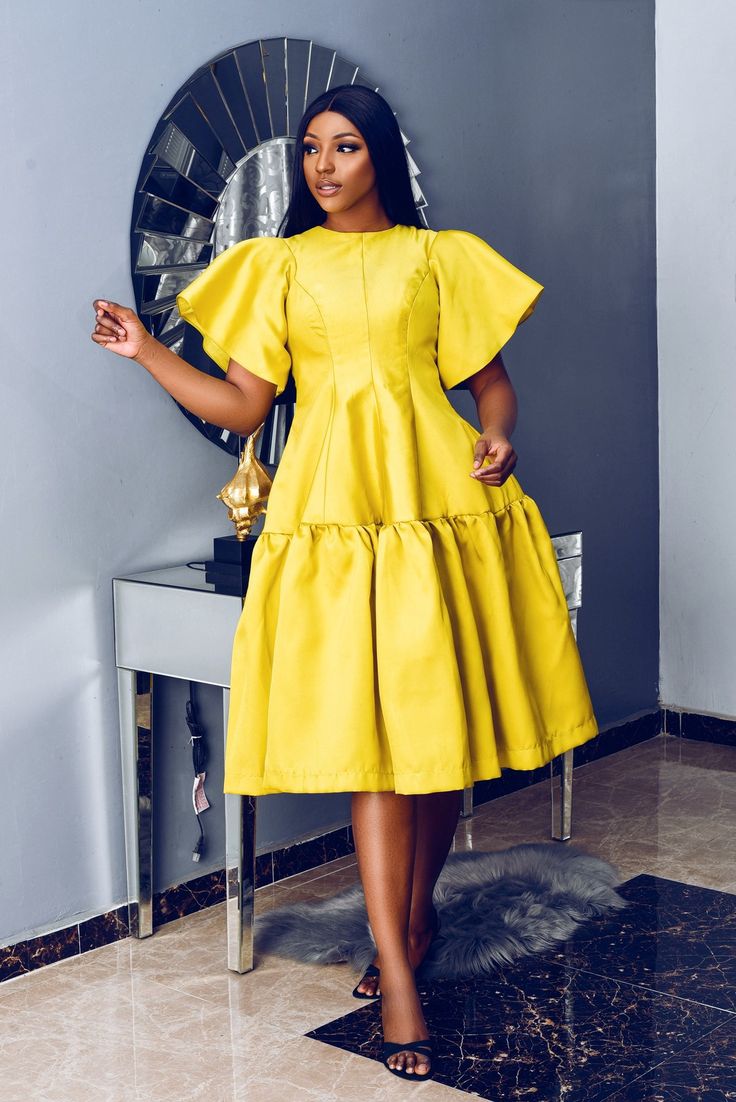
Prom dresses made out of taffeta have a polished, elegant look. The fabric was traditionally made from silk, but it is now produced using polyester and nylon as well. The weave is tight, giving the material a crisp, paper-like feel. Taffeta also has a pretty sheen that glimmers slightly under dim lighting.
Dresses made out of taffeta have a more structured fit and voluminous skirts. It is also ideal for styles with pleats and folds as it holds its shape well.
Silk
Silk has a timeless appeal that suits nearly all occasions. Used interchangeably, silk and satin refer to a glossy fabric created through the same weaving technique. Silk usually has a smooth surface and a matte, grippy underside.
Due to its naturally elegant draping, silk is a beautiful choice for form-fitting gowns and slip dresses. It creates a graceful, yet subtly sensual look that fits wonderfully within prom glamour.
However, be careful not to stain your clothes, as any marks will be apparent and difficult to remove.
Georgette
Georgette has an interesting texture making the fabric quite versatile. It is produced by twisting yarns in a tight-patterned weave, giving it a grainy feel. Georgette can be lightweight or slightly heavier, depending on how it is made. It drapes quite well and is suited to dresses with a relaxed, flowy silhouette.
The gentle, fluid fall of the material creates a soft, romantic aesthetic. As you dance in a georgette dress, you’ll notice that the fabric follows your movements in a graceful flow.
Organza
Organza is the go-to fabric for creating voluminous gowns that are representative of classic prom fashion. It has a stiff texture that holds its shape well. The material is thin and appears sheer. These characteristics make organza a unique fabric that creates volume without adding weight.
It is also used as a layer under dresses and skirts to add poof and drama. However, organza may be uncomfortable to wear for longer functions as the fabric has a coarse texture and stiff drape.
Tulle
When you think of tulle, think princess dresses, ball gowns, ruffled skirts, and a fairy-tale aesthetic. The fabric has a sheer, mesh-like appearance and lightweight feel. Some tulle fabrics can be stiff, while others feel soft to the touch.
It is often used in multiple layers underneath skirts to create volume without weighing the dress down. An important note on tulle is that it snags easily, so you will have to ensure careful handling of your dress throughout the evening.
Sequined Fabric
If you’re looking to make a grand entry on your special night, sequined fabric is your ideal choice. It is created by sewing sequins into a light fabric such as tulle or chiffon. The small sequins reflect light as you dance and enjoy your time, dazzling the audience.
The size, shape, and material of the sequins can drastically alter what this fabric looks and feels like. Due to its irregular surface, sequined fabric has a rough feel that can feel scratchy or awkward. When buying a sequined dress, make sure that it is lined so that you can be comfortable as you go about your day.
Final Words
Knowing your fabrics can make prom dress shopping much easier. You now know what fabrics to choose if you’re going for a dramatic, poofy look or if you want a sleek, polished appearance. It is also always fun to impress your friends with fabric knowledge as you help them shop for their perfect prom dress.

